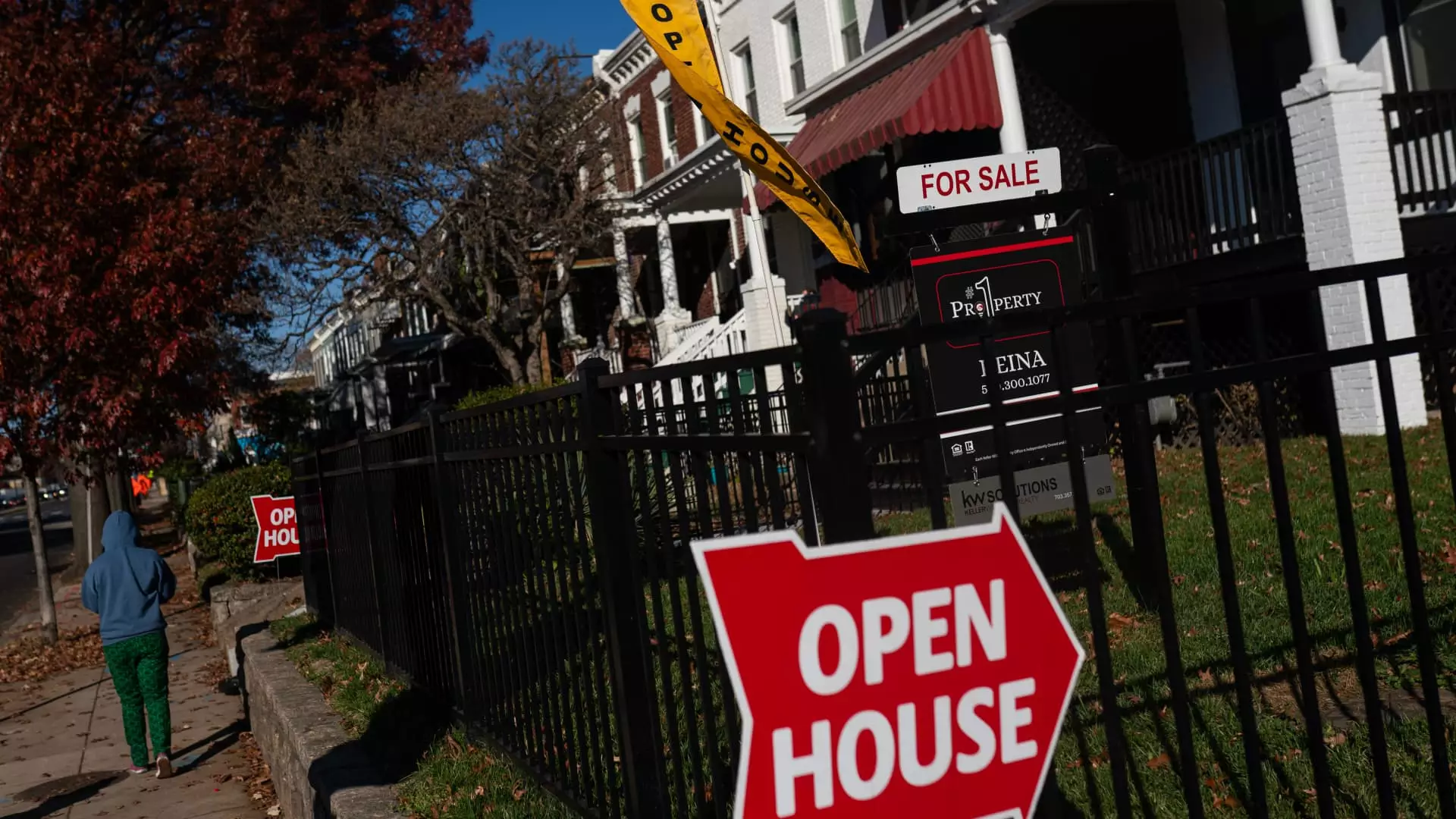Wes Moore, the Governor of Maryland, has a narrative that echoes the struggles of many Americans today. At the age of eight, his mother considered military school as a corrective measure for his troublesome behavior, but it wasn’t until he turned thirteen that he was actually sent away. This childhood experience shapes his unique outlook on the value of security in life, and particularly in housing, which he recently discussed at a conference. However, while Moore’s military school experience resulted in personal growth and success, it also underscores a harsh reality: the sacrifices made by previous generations often create a rickety bridge to opportunity for today’s youth.
Moore’s story emphasizes the pivotal role that family support played in his life. His grandparents sacrificed their American Dream by borrowing against their home to fund Moore’s education. This highlights a deep-seated issue—this very support system is often inaccessible for many young people today. There’s an inherent disconnect between the American Dream of property ownership and the overwhelming reality faced by today’s youth, who must navigate an increasingly challenging economic landscape.
The Illusion of Homeownership
According to recent studies, property ownership, traditionally viewed as a cornerstone of financial security, is rapidly slipping out of reach for many. Moore highlighted that around 30% of young Marylanders are contemplating leaving their state due to exorbitant housing costs. This is not an isolated phenomenon; it’s a national crisis. In 2022, over 30% of renters were classified as “cost-burdened,” meaning they spent more than 30% of their income on housing—a stark reminder that many are living paycheck to paycheck with scant hope for upward mobility.
The potential home buyer of today faces steep challenges. High home prices and skyrocketing interest rates create insurmountable barriers, making it almost impossible for these hopefuls to ascend the property ladder. It’s easy to romanticize the past, where generations before could secure homes with greater ease. It’s not that young people today are less industrious; the numbers tell a sobering story. The Urban Institute’s research reveals that median home prices have far outpaced income growth since 1980, complicating the path to homeownership. The stark demographic shift reveals that the homeownership rate among those aged 35-44 has plummeted by over ten percent since the early 1980s.
The Wealth Gap and Its Implications
The implications of this decline in homeownership extend far beyond mere statistics. Wealth accumulation through property ownership is a standard pathway to financial stability. Having a house means investing in an asset—a means of building wealth through home equity as property values appreciate. Once again, we see a disparity by income levels. Lower-income individuals—many of whom are unmarried—are falling further behind in property ownership compared to their more affluent counterparts. This creates a society where upward mobility feels increasingly unattainable.
Compounding the issue is the persistent racial divide in homeownership. In 2023, the Black homeownership rate stood at a disheartening 44.7%, a significant improvement yet still a far cry from the national average of 72.4% for white households. The disparity indicates not just economic barriers, but also systemic inequality that limits access to homeownership for marginalized groups. While the numbers may suggest gains, they underline an urgent need for systemic reform and targeted policies that allow equitable access to housing for all socioeconomic segments.
Pathways to Change
What can be done to reverse this trend? The Urban Institute suggests a multi-pronged approach: educational opportunities for low-income households, administrative reforms to ease down payment burdens, and incentivizing housing production through reduced regulatory barriers. It’s not just about statistics; it’s about creating a renewed focus on housing as a critical pillar of economic empowerment.
In a rapidly changing socio-economic environment, Maryland Governor Wes Moore’s experiences and observations serve as a call to action. His narrative not only highlights the critical nature of family support in achieving personal success but also raises larger questions regarding the fragility of homeownership as a proposed American Dream. Those living on the edge of financial insecurity are losing faith in a system that they believe no longer works for them. It’s time to foster a landscape that not only encourages but actively facilitates property ownership for the next generation, ensuring that the American Dream can still come to fruition for all citizens, regardless of their background. The heart of the American Dream ought to pulsate with possibility, not despair.

